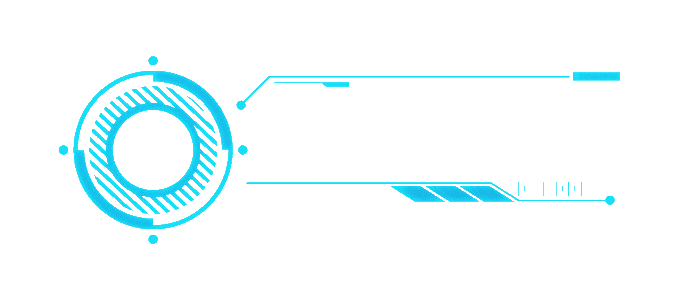Lost wax casting is a technique in which we replicate the original metal body of any sculpture and others. This lost wax casting process is also known as Investment Casting. This technique is used in the bronze age and is a very sophisticated process. Only in the modern industrial usage of Lost wax casting, it is known as Investment casting. This casting process is used in the Middle East, near East, South Asia, Egypt, Greek, Roman, East Asia, Southeast Asia, Europe Africa and Latin America.
In this process, there are several steps of manufacturing a replica. The steps are described below.
First, the model of the mold must be made. So the artist creates an original model with the help of wax or clay. Most preferred type of model? is only based on the wax because the material will be pure and free from impurities maintaining a smooth finish.
It is time for making the mold. The replicated model completely closed with latex or silicon for obtaining the exact negative of the original model. The materials used can also be plastic and fiberglass. The mold must be a minimum of two pieces with a comforting key played in between the two pieces of the mold. The excess materials the form out from the molding are removed with the help of a cutter. Sometimes it may become very difficult for the manufacturing for making the molds of very large size or very small size.
Soon after the mold is completed, it is taken off from the replica and filled with hot wax. The amount of work to be filled in depends on the size of the replica to the manufactured. The wax is poured until the desired thickness is obtained in the mold. Now the mold is to be cooled until the wax inside it become cold and solid. Once the wax gets cooled, it is taken out to make multiple replicas of the original source.
Wax chasing is the next step of the process. This is a very delicate process and consists of manual work to be done on the wax replica. Any minute details impinged on the source is made by using soldering rod, sharp knives, and other tools. This is exactly repairing the damaged piece of art such as any irregularities present on the model we have created. The completed mold will be looking exactly like the original source we have used in the beginning.
Next step includes dipping the wax in a silicon mixture which creates a thin layer of the silicon layer that is exactly a half inch. Now it is made dry to eliminate the positive space taken up by the wax. This creates a negative space where the bronze can rest.
The metal we want the material to be made of is heated to its melting point. Different metals have different melting points. With the help of hand pluckers, we need to transfer the hot molten metal into the mold we created. The wax runs out from the gaps provided. When cooled, we can break the outer part of the mold with the help of chisels and hammers. The solidified metal remains in the mold removing all the wax content in it. All the perfections we need can be now done on the solid material and the exact replica has been created.
The last step is to paint the object with the desired color we need.
The lost wax casting process is very lengthy and labor intensive process which require experts with a deeper knowledge and need to be very cautious during the process.
Advantages of Lost Wax Casting Process-
- Many complex and intricate shapes can be produced.
- A smooth surface finish can be obtained.
- Any unnecessary parts can be removed.
- It can also do the work in the process of Die Casting.
Disadvantages of Lost Wax Casting process-
- This Lost Wax Casting process is very expensive.
- Holes made must be very small. There may arise a problem of cleaning.
- It has a very long process. Any error in any of the steps causes the entire replica to damage.
- This is not preferred when compared to others.




